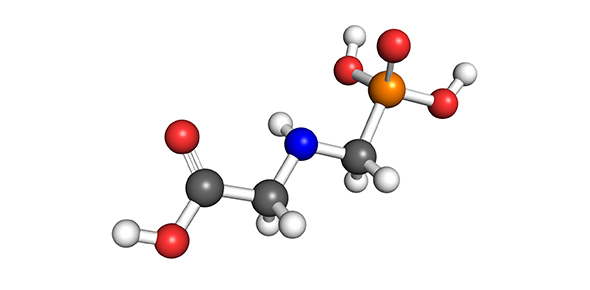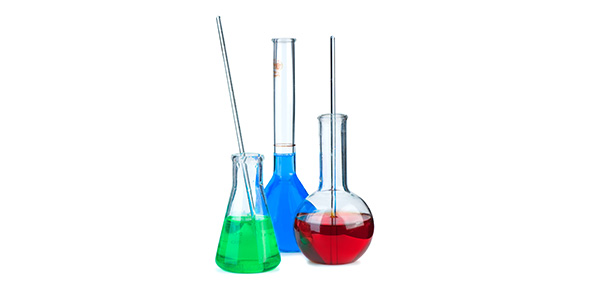Related Flashcards
Cards In This Set
| Front | Back |
|
Distinguish between magnification and resolution
|
Magnification is making an image larger than its original size
Resolution is having a clear picture of 2 structures; Clarity |
|
What are the two types of microscopes?
|
Light and Electron
|
|
What is a Light Microscope?
|
Visible light is passed through the specimen and then through glass lenses. [Refracted]
|
|
What is an Electron microscope?
|
A beam of electrons through the specimen or onto its surface.
|
|
Distinguish between prokaryotic and eukaryotic cells
|
Prokaryotic: No nucleus, DNA is "Naked", No histones, Doesn't form into chromosomes, Contains only one circular DNA molecule, Contains "smaller circlets of DNA" called plasmids, Ribosomes composed of 3 types of rRNA and about 50 kinds of protein, No membrane bound organelles, Primarily bacteria, Typically unicellular, No cytoskeleton
Eukaryotic: True nucleus - bound by double membrane, DNA is linear, DNA complexed with histones [proteins], ARE organized into chromosomes, Contains a number of chromosomes, Ribosomes are larger and more complex; 5 kinds of rRNA and about 80 kinds of proteins, Cytoplasm filled with large complex collection of organelles - many enclosed in their own membranes, includes animals plants fungi algae and protozoa |
|
Why are there both upper and lower limits to cell size?
|
A cell has to be large enough to contain the necessary components to live, and it cannot be too big that diffusion would not be able to meet the cell's needs.
|
|
Why is compartmentalization important in eukaryotic cells?
|
A cell's compartments provide different local environments that accommodate specific metabolic processes. This allows for incompatible process to go on simultaneously inside the same cell.
|
|
Describe the structure and function of the nucleus.
|
Involves the nuclear envelope, nucleolus and chromatin.
Regulates all cell activity. |
|
Describe the structure and function of a eukaryotic ribosome.
|
Made of rRNA and protein. They carry out protein synthesis.
Build proteins in two cytoplasmic locales; free and bound ribosomes. |
|
List the components of the endomembrane system.
|
Nuclear envelope, endoplasmic reticulum, golgi apparatus, lysosomes, various kinds of vacuoles, plasma membrane.
|
|
What functions does the nuclear envelope, endoplasmic reticulum, golgi apparatus, lysosomes, vacuoles and plasma membrane do?
|
Nuclear envelope: Encloses the nucleus - separates contents from the cytoplasm
Endoplasmic reticulum: Contains sacs and tubes - active in membrane synthesis and other synthetic and metabolic processes [composed of rough/smooth ER] Golgi apparatus: Organelle active in synthesis, modification, sorting, and secretion of cell products Lysosomes: Digestive organelle where macromolecules are hydrolyzed Vacuoles: Maintains fluid, removes wastes, stores ingested food, provides and maintains cell structure Plasma membrane: Selective barrier that allows passage of oxygen, nutrients, and wastes to service the entire cell |
|
Describe the types of vacuoles and explain their function differences.
|
Food, contractile, central
Food vacuoles: Formed by phagocytosis. Responsible for food digestion. Contractile vacuoles: Pump excess water out of the cell, thereby maintaining a suitable concentration of ions and molecules inside the cell. Central vacuoles: Hold organic compounds and water |
|
Describe three examples of intracellular digestion by lysosomes.
|
Phagocytosis: When smaller organisms or other food particles are eaten Autophagy: A damaged organelle or small amount of cytosol becomes surrounded by a double membrane, which is of unknown origin, and a lysosome fuses with the outer membrane of the vesicle. Enzymes dismantle the material
Food Vacuoles: Fuses with a lysosome, whose enzymes digest the food |
|
Explain the role of peroxisomes in eukaryotic cells.
|
Peroxisomes; oxidative organelles [not part of endomembrane system]
ROLE = Contain enzymes that transfer hydrogen from various substrates to oxygen (producing hydrogen peroxide). Some used oxygen to break fatty acids down into smaller molecules that can be transported to mitochondria - where they are used as fuel for cellular respiration. In some organs - they detoxify harmful compounds by transferring hydrogen from the poisons to oxygen. |
|
Describe the structure and functions of a mitochondrian.
|
STRUCTURE = Outer membrane, Inner membrane, Intermembrane space, Matrix, Cristae
2 MAIN MEMBRANES; Outer membrane: Phospholipid bilayer with proteins. Smooth. Inner membrane: Divides mitochondrian into two internal compartments - intermembrane space = narrow region between the inner and outer membranes. Mitochondrial matrix = enclosed by the inner membrane, contains many different enzymes in the matrix catalyze some steps of cellular respiration. Enzyme that makes ATP is located in inner membrane. Cristae gives inner membrane a large surface area FUNCTIONS; [generalization] OUTER = Contains protons [H+ ions] to drive oxidation phosphorylation INNER = Oxidative respiration and energy production as ATP |






